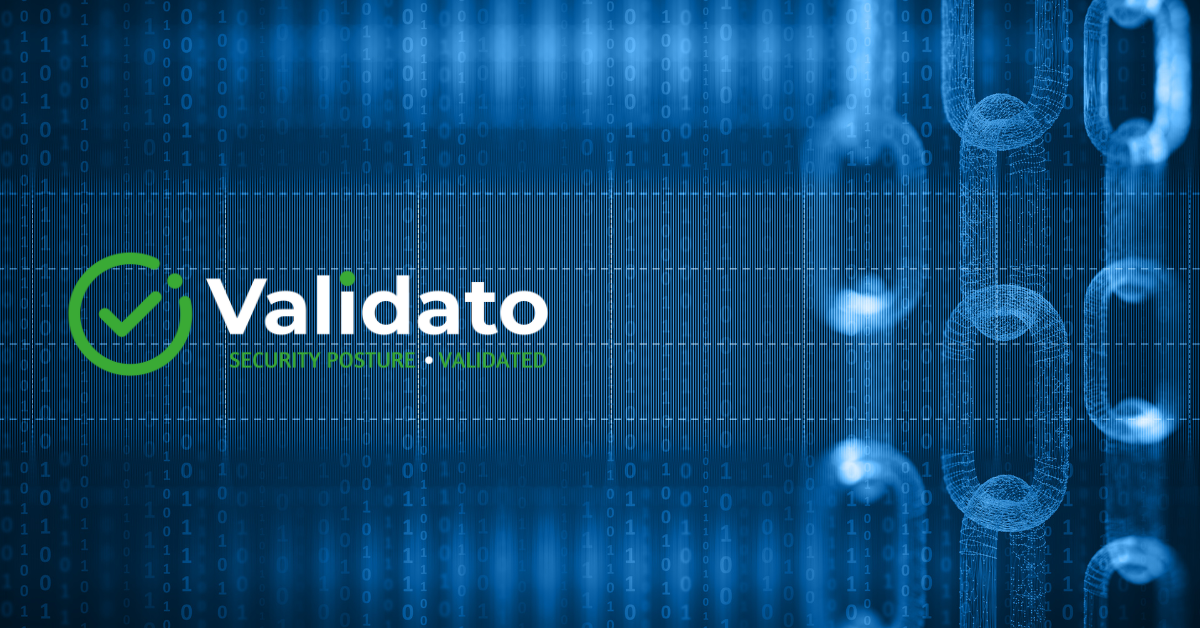Internal Cyber Risk Posture: The Foundation of Organisational Security
In our current cyber threat landscape, organisations face an increasing array of sophisticated attacks. While many security teams focus on external threats, the internal cyber risk posture often represents the most significant vulnerability. This overlooked aspect forms the foundation of an organisation’s security readiness and determines how effectively it can withstand, detect, and respond to cyber attacks. Understanding and addressing internal vulnerabilities through proper security control validation isn’t merely good practice—it’s essential for robust cyber defence in an age where attackers exploit the smallest configuration gaps and excessive privileges to compromise entire networks.
Key Takeaways
Internal cyber risk posture encompasses misconfigurations, excessive privileges, and security control gaps that directly impact an organisation’s ability to withstand attacks. Traditional security approaches often fail to identify critical internal vulnerabilities that attackers exploit for lateral movement. Regular secure controls validation through automated testing mapped to the MITRE ATT&CK framework helps organisations identify and remediate security gaps. Regulations including NIS2, DORA, and UK CSRA mandate regular security validation to ensure cyber resilience. Continuous security validation provides critical visibility into evolving internal risk posture and maintains strong security readiness.
Understanding your internal security landscape is the first step toward building a threat-informed defence that can withstand today’s sophisticated attack techniques.
Understanding Your Internal Cyber Risk Landscape
Your internal cyber risk posture comprises several interconnected elements that collectively determine your security readiness. At its core are three critical components:
- System Misconfigurations: From improperly secured endpoints to misconfigured cloud services, these technical oversights create entry points that attackers readily exploit.
- Excessive User Privileges: Granting users more access than necessary for their roles creates opportunities for lateral movement if credentials are compromised.
- Security Control Gaps: Missing or ineffective security measures that should protect critical assets, often existing because organisations implement controls without properly validating their effectiveness.
Together, these elements determine how well your organisation can withstand sophisticated cyber attacks and maintain operational continuity.
Why Traditional Security Approaches Fall Short
Traditional approaches to security have significant limitations. Periodic compliance assessments only provide a snapshot of security at a specific moment. A focus on perimeter security neglects to verify internal systems can resist attacks that bypass external defences. Implementing security tools without validation leaves gaps between expected and actual security performance.
These limitations create a false sense of security while leaving critical vulnerabilities unaddressed, leaving organisations susceptible to attacks that exploit internal weaknesses.
How Internal Vulnerabilities Enable Attacks
Internal vulnerabilities serve as the building blocks of successful cyber attacks. The attack progression typically follows this pattern:
- Initial Access: Attackers gain entry through phishing or exploiting external vulnerabilities
- Exploitation of Misconfigurations: Weaknesses in operating systems and applications provide footholds for persistence
- Privilege Exploitation: Excessive user rights enable lateral movement through the network
- Evasion Through Control Gaps: Improper configurations or coverage gaps allow attackers to operate undetected
These vulnerabilities combine to create an environment where attackers can maintain persistence, escalate privileges, and achieve their objectives without triggering security alerts.
Measuring Your Current Security Posture
Accurately assessing your internal security posture requires comprehensive testing beyond basic vulnerability scans:
- Security Validation Testing: Evaluates how well your security controls function against specific threats
- Breach Simulation: Safely replicates attack techniques to identify where internal defences are weakest
- Control Configuration Assessment: Compares system settings against hardening benchmarks to identify deviations from security best practices
By mapping these tests to the MITRE ATT&CK framework, organisations gain a clear understanding of which specific attack techniques their current security posture can and cannot defend against, establishing a baseline for ongoing improvement.
Compliance Requirements for Security Validation
Various regulations mandate security validation. The NIS2 Directive covers critical sectors in the EU and requires regular security assessments and testing. DORA applies to financial entities and mandates regular cyber resilience testing. The UK CSRA for critical infrastructure requires validation of security controls and configurations.
These regulations share a common focus on demonstrating not just the presence of security controls but their effectiveness against relevant threats. Threat-informed defence provides a practical approach to satisfying these requirements while strengthening actual security posture.
Building a Threat-Informed Defence Strategy
Creating an effective defence strategy includes these essential elements:
- Threat Intelligence Integration: Understand specific threats your organisation faces to inform security priorities
- Risk-Based Prioritisation: Focus first on vulnerabilities with the greatest business impact and likelihood of exploitation
- MITRE ATT&CK Mapping: Document how security controls address specific attack techniques
- Configuration Baseline: Establish standard security configurations as a foundation for continuous improvement
This approach ensures that limited resources are allocated to the most significant security gaps rather than spread thinly across all possible issues.
Continuous Validation: Beyond One-Time Testing
Security is not a static condition but a continuous process requiring ongoing validation. Continuous validation helps organisations maintain visibility into their changing risk posture through:
- Automated security testing platforms that systematically evaluate controls against attack techniques
- Regular verification that remediation efforts have been effective
- Consistent measurement of security improvement over time
This ongoing measurement demonstrates the value of security investments and helps maintain executive support for continued security initiatives.
Conclusion
As cyber threats continue to evolve in sophistication, organisations must look beyond traditional security approaches to protect their critical assets. By understanding and addressing internal cyber risk posture through continuous validation testing, businesses can build robust, threat-informed defences that improve overall security readiness and satisfy regulatory requirements. Automated security validation mapped to real-world attack techniques provides the visibility and assurance needed to maintain strong security posture in today’s challenging threat landscape.
If you’re interested in learning more, contact our expert team today.


